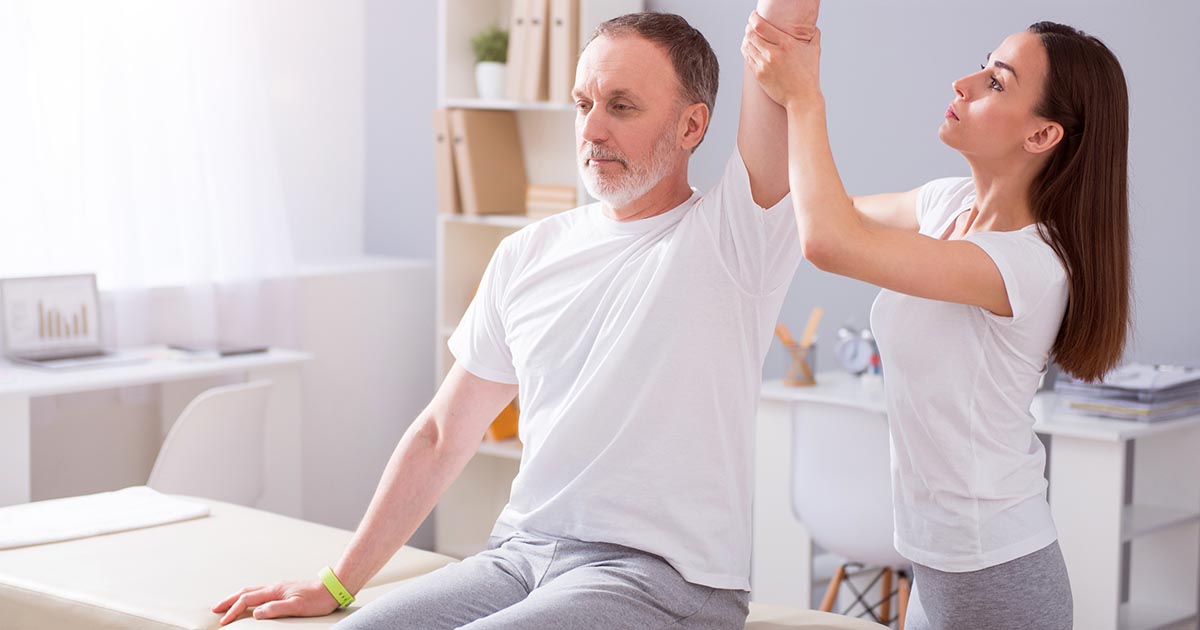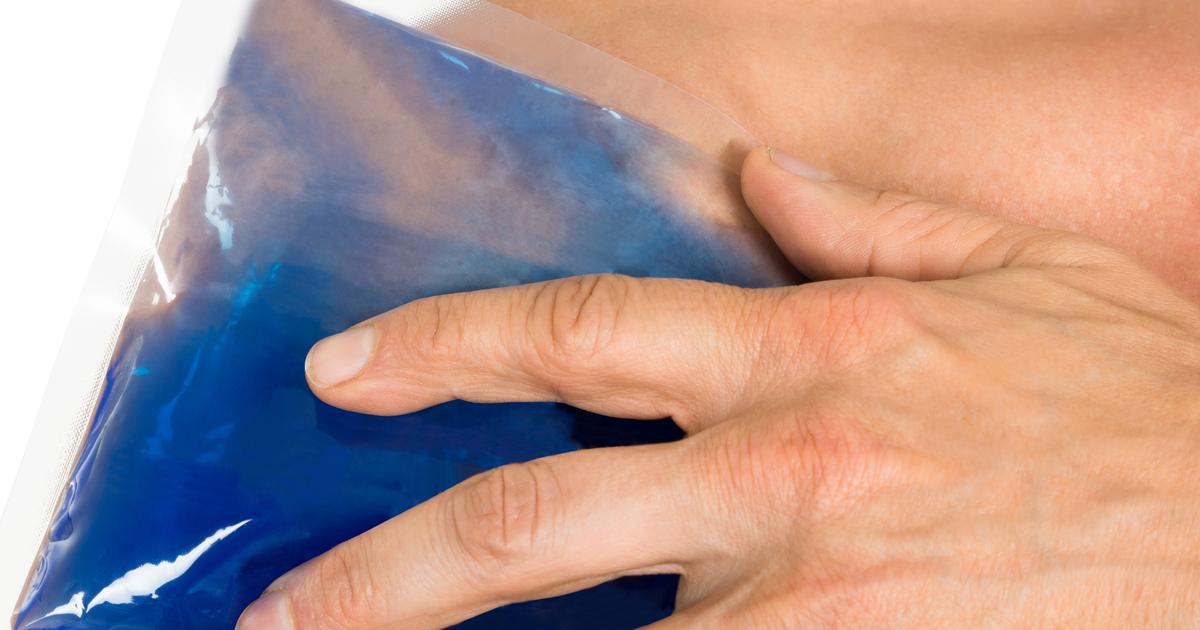How To Prevent And Treat Shoulder Pain
Physical Therapy

Depending on the type of injury or the source of the pain, physical therapy may be part of the recovery process. For mild injuries, there are guides to exercises and stretches individuals can do at home to alleviate shoulder pain and build up their strength. If a patient has a more serious injury, they might work on a physical therapy program with a licensed physical therapist. During the sessions, the therapist will help the patient stretch and strengthen their injury. They will give patients additional exercises to complete at home with instructions on how and when to complete them.
As the sessions progress, they will monitor the patient's speed and effectiveness of recovery. When exercising to alleviate shoulder pain, patients should stop doing any exercises that make the pain worse. They should also avoid exercising if their doctor has told them to rest the affected area. Shoulder pain caused by a fracture, separation, or dislocation will typically require physical rehabilitation with a trained physical therapist. However, rotator cuff tendonitis and bursitis may not need professional involvement.
Cold Compresses And Ice Packs

Heat and cold therapy are often used to help manage pain. However, there are different circumstances in which patients will want to use each one. Some types of shoulder pain can be alleviated by cold compresses and ice packs, as long as individuals use them responsibly. Cold therapy is helpful for short-term relief from sharp pain. It also has a strong mitigating effect on inflammation. If the shoulder pain is caused by an acute injury or inflammation rather than a chronic condition, using ice packs can help.
Patients should make sure to wrap the ice pack in a towel or cloth to avoid burning their skin. Packs of frozen vegetables can also work as an ice pack, but these should also be wrapped in cloth. Patients can apply the compress to the painful area for anywhere from fifteen to twenty minutes a few times a day. However, they should be careful not to overdo it. Overusing cold therapy can cause injury to the skin or underlying tissues. It's normal for the skin to be a little pink, but strong redness is a sign it's time to stop.
